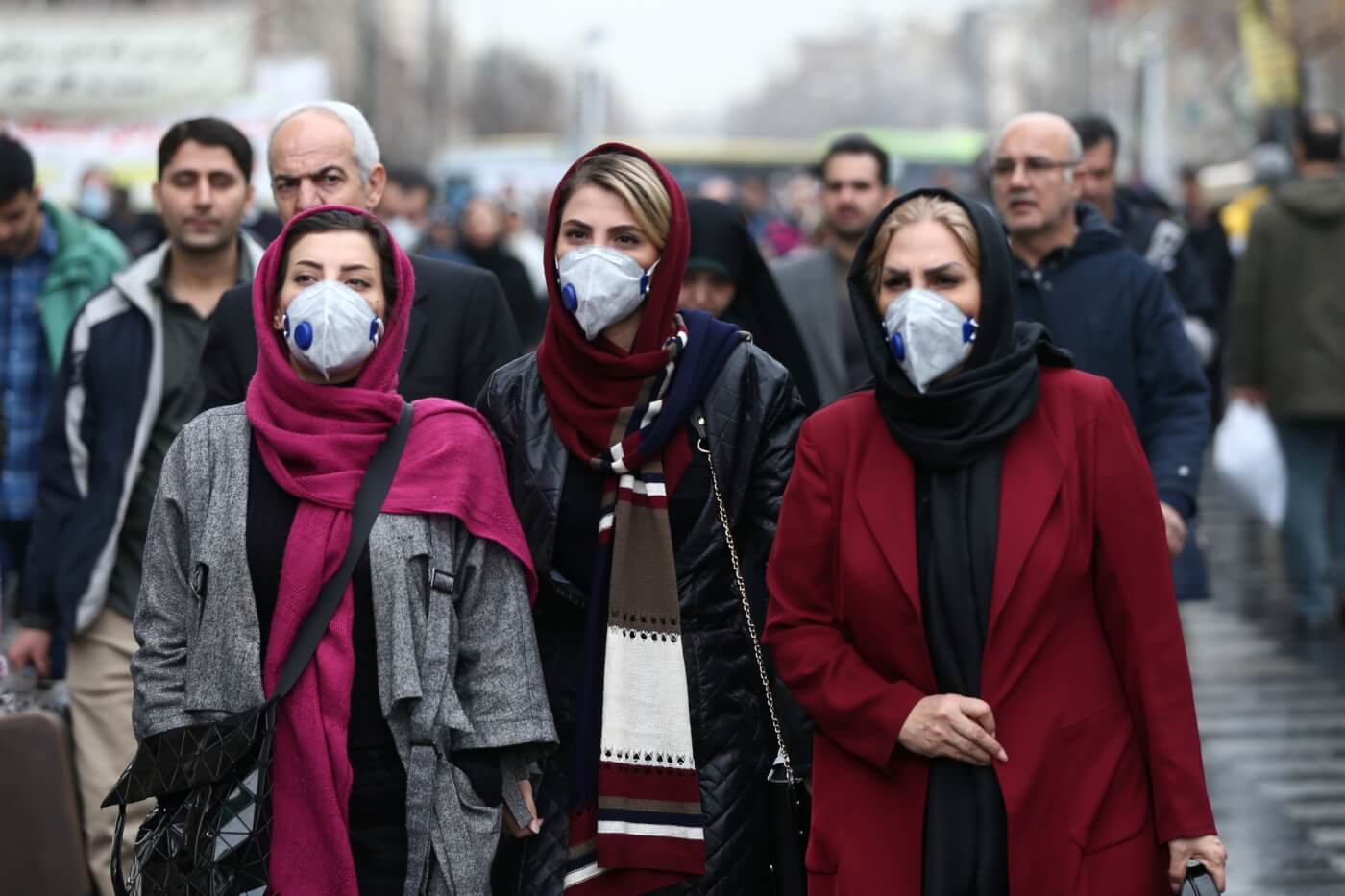An increasing number of rape and sexual assault victims are speaking out in Iran using the global hashtag #MeToo after allegations last week that a string of indecent activities and sexual abuse involving more than a dozen students had been carried out by an adult at an all-boys high school in Tehran.
Over the past week, thousands of women, and some men, have come forward to talk about their experiences of rape and sexual assault by dozens of high-profile figures in the country using the global hashtag #MeToo, sharing stories of their own experiences – and confessions, sending shockwaves across Persian language social media.
As Sara Tafakori wrote for Open Democracy, the power of social media is that it
“contains the potential for marginalised voices to create alternative public spheres – ‘intimate publics’, based around shared feelings – that connect the personal to the political, and the national to the transnational, to confront the misogynist narratives that would seek to stifle those voices through practices of shaming, or the threat of being shamed.”
According to the BBC, one male user tweeted:
“I was in middle school when our headmaster took me to his home and abused me, I was afraid of telling my father, I was also abused by our neighbour in his car once. I now realise the pain I endured.”
For 14 years, former Iranian journalist Sara Omatali kept quiet about being sexually assaulted by a prominent painter. Last week, she broke her silence on Twitter, detailing the alleged abuse that took place in the summer of 2006.
نوشتن این چند سطر از سختترین کارهایی است که کردهام. قرار است ماجرایی را بخوانید که ممکن است آدمی را که نزد خیلیهایتان فردی خردمند و فرهیخته و داناست و از روشنفکرهای محبوب، به کل زیر سؤال ببرد. این روایت را سالها حمل کردهام و دیگر دلیلی برای حمل مصلحتاندیشانهشان نمیبینم/
— Sara Omatali (@SOmatali) August 22, 2020
“He held me tightly, squeezing my body and trying to kiss my lips; I struggled as hard as I could to get rid of him,” she wrote on Twitter.
This is not the first time Iranians have used the #MeToo hashtag. It was adopted by Iranian social media users when the Harvey Weinstein story broke, and another version of the hashtag, called #MosqueMeToo, was also used to raise awareness about sexual harassment at Islamic holy sites and the annual Hajj pilgrimage.
The abuse case in the school mentioned above has sparked a debate among Iranians, many of whom are blaming social conservatism and the failure of the state to raise awareness about healthy sexual behaviour. Sex education in Iran is not part of the school curriculum and is only available as an option for the first time at university – long after many young people become sexually active, despite strict laws against sex outside marriage.
“In the absence of systematic education about sexual issues in Iran, this group movement improves the atmosphere for a public discussion and creates a precious opportunity for education,”
Omatali told RFE/RL.
Sexual abuse is believed to be widespread in Iranian society yet Tehran-based sociologist Saeed Madani told RFE/RL that in Iran, like other countries, many victims of sexual abuse and rape are reluctant to speak out.
“One report said that the highest incidents of rape are in Tehran, with about 1,600 sexual crimes being registered annually, but it is estimated that some 80 percent of rape cases are not being reported,”
he said.
One reason is the country’s legal code, which often prevents justice from being realised and even puts some victims at risk of punishment. In addition, women’s testimonies are not even granted the same evidentiary value as men’s.
Under Iran’s penal code, most sexual crimes extend from the crime of “zena,” which covers adultery and premarital fornication between a man and a woman. Under zena, both parties are engaged in a criminal act. Rape is not a standalone crime in the penal code. Instead, rape is classified as zena “by force” that is done without the consent of the victim. In other words, the line between zena, where both parties are criminally liable, and zena by force, where only the assailant is liable, is a thin one. If the element of “force” can’t be established, then a victim could be seen as a criminal. Women’s testimonies are not even granted the same evidentiary value as men’s under the law.

